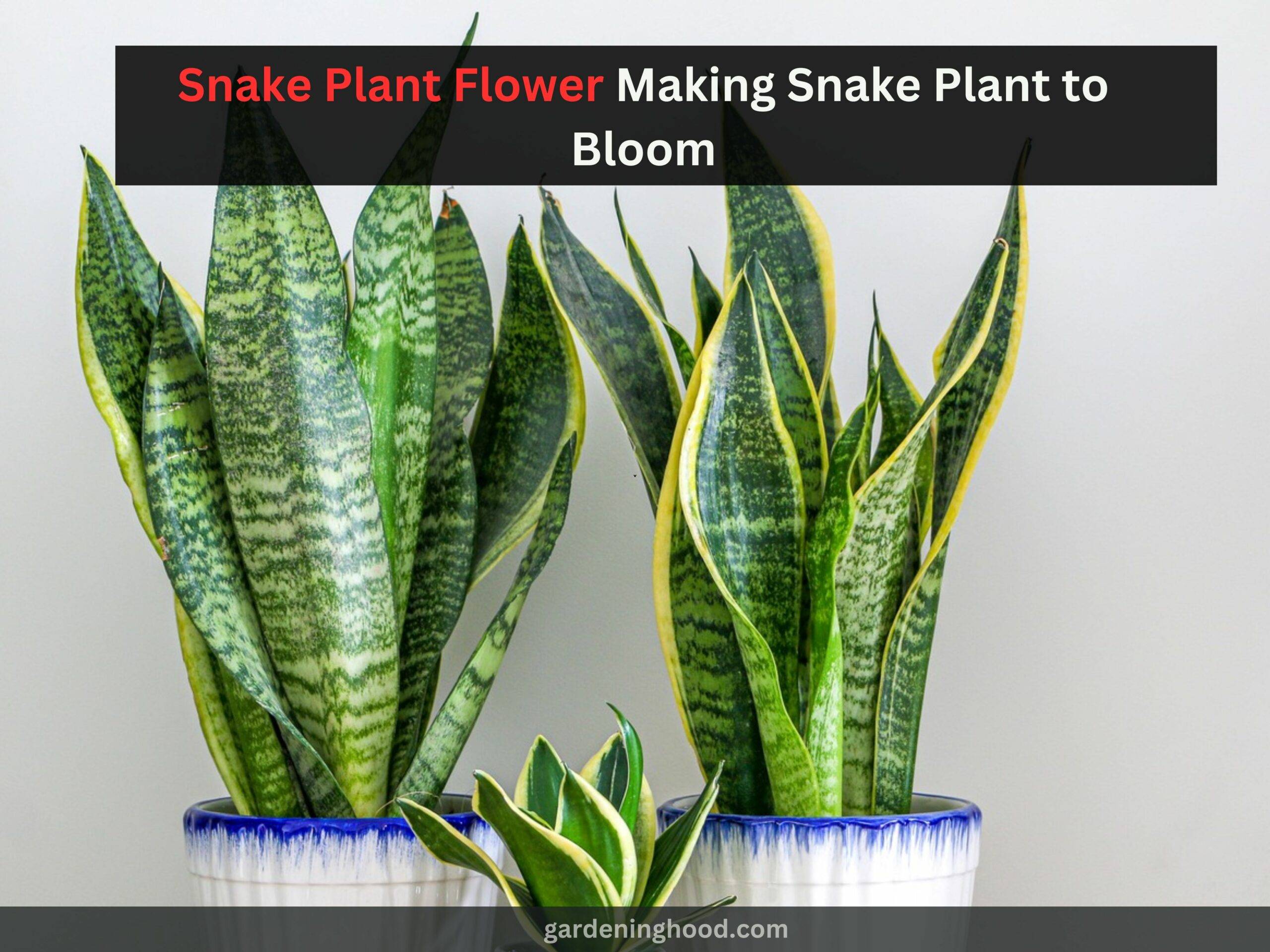Reasons why Snake Plant leaves are Curling! (And how to fix them?)
In this article, the readers will be acknowledged for a few reasons why Snake Plant leaves are Curling, and how to fix this issue if you are facing the same. Let’s see every single cause that causes the curling of snake plant leaves and how to fix them.
Quick takeaways:
- The snake plant is all about the straight and green striped leaves.
- Seeing the snake plant leaves curling is not digestible at all.
- The snake plant is healthy when the leaves are all erect and shiny.
- The snake plant leaves start to curl when the plant is unhealthy though there are various reasons involved for this.
- There can be water problems going on, rot, or anything else.
- The curling of snake plant leaves most happens when they are being underwatered, are under any stress or getting too much sunlight, etc.
Let’s see every single cause that causes the curling of snake plant leaves and how to fix them.
Reasons why Snake Plant leaves are Curling!
The reasons why your snake plants’ leaves are getting curled include water issues, pest infestation, stress, transplantation shock, too much heat, etc.
1. Overwatering
The snake plant is highly affected by an irregular supply of water and which includes overwatering. The overwatered snake plants die due to the soil staying wet for Kong. The leaves start to turn yellow and curl when water is not drained properly. Too much water in the soil will render the functioning of the root system. The root will get fungal infections or root rot if the roots stay surrounded by the roots. The roots fail to absorb the nutrients and water and so do the leaves start to look lifeless and droopy.
How to fix them?
Water the snake plants one to two times every 2-4 weeks so that they get enough water to absorb without getting wet for long. The root system should be checked properly if the rot-like conditions are not hindering the function of the roots. The root rot of snake plants also starts giving some foul smell so you can also analyze that the plant is overwatered. Use a clean pot if repotting the plant and the soil should be sanitized and clean.
2. Underwatering
If the snake plant does not get the water they need to grow healthy and green then the leaves of snake plants will curl. The underwatered snake plants will again not perform well by showing curled leaves as one of the symptoms. The underwatered snake plant’s root system is unable to absorb the nutrients and the plant will start to get dull and will later die. The plant starts to wrinkle and the leaves start to curl. Id the leaves are showing brown spots or tips that again is a sign of underwatered snake plants.
How to fix this?
Though the snake plants do not need much water the plants need water to grow well and absorb essential nutrients. Water the snake plants one time every 2 to 4 weeks to get them thriving and keep them full and happy. The leaves will again start to look yellow if submerged with droopiness. Look at the soil because it is too dry. That means your snake plant is underwatered and needs to be watered as soon as possible.
3. Light conditions
The snake plant staying exposed to direct sunlight for a long time will dry the plant and the leaves will start to curl. Too much light and even not receiving a good amount of light will make the leaves go curl.
How to fix this?
The snake plants need at least 5 hours of indirect sunlight a day. Placing the snake plant near the window that has ample sunlight is a great corner if the plant is indoors. If the plant outside makes sure that the plant gets shade during the afternoon sunlight.
4. Inadequate temperature
The snake plants if they get too high or too low temperatures will lead to the curling of leaves. The plant will not be healthy if there are regular fluctuations or if the plant gets exposed to extreme temperatures. The leaves will be seen to wilt, and droop, turning white, brown, or black. The temperature stress will cause inadequate transpiration too. The plant will start to lose water due to high temperatures and leave curls.
How to fix this?
The snake plants need about 55-85 degrees Fahrenheit of temperature to grow with healthy leaves that are upright and least discoloration. Take the plant to the inside of the house if the temperature is too low outside. place the snake plants in a corner that has enough shade so that the plant gets partial shade during the day. If the temperature is too high, keep in a spot that gets the least sunlight.
5. Irregular fertilization
The snake plants need nutrients but not in too much unity. The gardener is the parent who doesn’t realize while fertilizing the soil, they are not heavy feeders. The snake plants if they get fertilized riot to start to damage and the leaves start to curl. The fertilizer should be added in optimum quantity as well.
How to fix this?
The snake plant needs fertilized soil. Too many nutrients in the soil will affect the roots. Fertilizing the soil one time in 1-2 months is a great way to keep them thriving. Use balanced fertilizer having nitrogen. Avoid using chemical fertilizers. You can consult with the seller or see the packing to know the amount of fertilizer needed to be used for snake plants.
6. Using small pots
The small pots make the snake plants suffocate. The roots got bounded just like pothos in the small pot and didn’t get rough aeration and drainage. The space should be there for the roots to spread and absorb the nutrients, the leaves will start to droop and the growth will be stunted.
How to fix this?
The plant needs to be repotted if the pots used are small. While planting the snake plant, make sure the pt is of proper size- not too big, not too small. Make sure when you report the snake plant, the early springtime is there.
7. Root rot
The root rot in the snake plant can be caused that the snake plant leaves curling just like the money tree root rot.. The root rot damages the root system and makes them useless as they have difficulty absorbing nutrients. The snake plant ultimately dies, and leaves will curl if the root rot stays for long and covers the whole root system.
How to fix them?
Remove the rotted portion of the plant by taking out the whole plant.
8. A shock from transplantation
While repotting the snake plants or transplanting them, the snake plants are likely to get into shock due to new soil types or conditions they haven’t yet adapted to.
How to fix this?
Water the transplanted snake plants at a moderate rate. Go for slow watering. Partial shade is needed to be given to the snake plants. Use fresh and clean soil to repot the snake plant or transplant it.
9. Other reasons
Snake plants show curing of leaves when the plant is attacked by insects, aging, or inappropriate pH in the soil. You must keep checking the leaves and whole snake plants if there is any infestation, checking the soil if the soil is too dry or too moist for too long, etc.
Wrapping up the context
We hope that you found this article helpful in understanding why the snake leaves are curling and getting to a yellow shade. Keep the above-written things in mind and start to care for your snake plants in a sorted way. We are happy to help. Happy panting!
FAQ
Can I bottomwater a snake plant?
The snake plants can be overwatered from the bottom as well but after a gap of a few weeks at the bottom, watering will make the soil deeply soaked in water that can be used by plants for weeks. Simply place the pot of snake plants into a shallow tray or container having water and let them be there for 10 minutes. Then take out the pot from the container.


